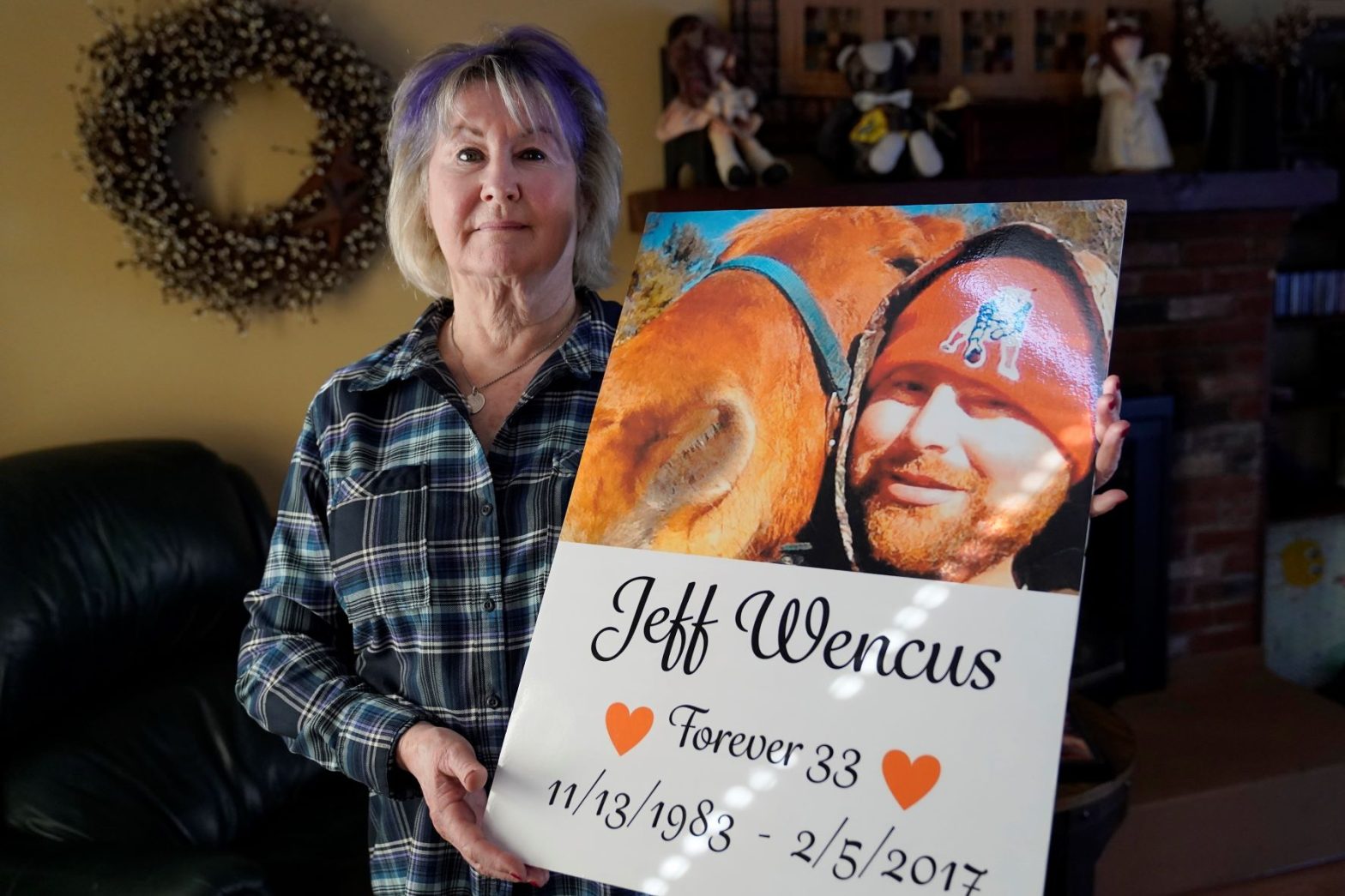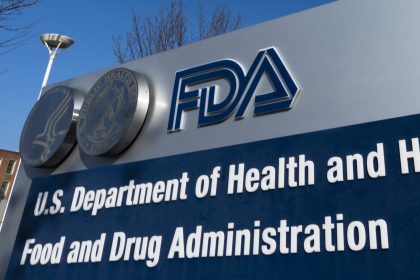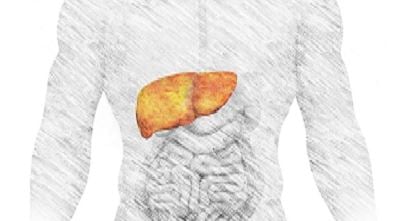Judge Affirms Opioid Judgment Against Major Pharmacy Chains

TRUMBULL COUNTY, Ohio — An Ohio federal judge overseeing a class action lawsuit over the opioid crisis on Monday refused to overturn a jury verdict that held major pharmacy chains liable for contributing to the addictions and overdoses blamed for killing nearly half a million Americans since 1999.
The ruling means CVS, Walgreens and Walmart are potentially liable for billions of dollars in legal claims.
The pharmacies argued they complied with all laws on dispensing the drugs. The plaintiffs accused the pharmacies of failing to properly investigate dangers of opioids before giving them to their customers.
The judge ruled the jury’s verdict in favor of the plaintiffs was supported by the evidence, meaning it can stand.
The class action lawsuit was filed by officials from two counties in Ohio on behalf of their residents who suffered the ill effects of opioids. They claimed the pharmacies’ failure to protect patients from opioids created a public nuisance.
Lake and Trumbull counties are asking the judge for $1 billion each from the pharmacies to help in treatment or compensation for their residents. A separate hearing is pending to determine the amount of damages.
Equally important, the judgment is the first in the nation to hold pharmacies liable for the opioid crisis. Other cases against opioid distributors are pending in New York and Washington state.
Attorneys for the pharmacies said Lake and Trumbull counties needed to demonstrate pharmacists dispensed illegitimate prescriptions to specific patients to prove their case.
U.S. District Judge Dan Polster disagreed, saying the counties offered adequate aggregate evidence the pharmacies dispensed dangerous opioids without taking proper precautions.
“In particular, plaintiffs presented evidence of defendants’ dispensing of large quantities of highly addictive drugs in the counties while repeatedly failing to take legally required, effective measures to identify and resolve ‘red flags’ prior to dispensing, and failing to document any due diligence with respect to those red flags,” the judge’s ruling said.
Attorneys for the Lake and Trumbull counties issued a statement saying they agreed with the judge’s ruling and added, “At this point, we are solely focused on making sure the people of Lake and Trumbull counties receive the necessary resources to support recovery efforts in their communities.”
Opioids are a broad category of powerful, addictive and inexpensive painkillers that entered the market in the 1990s. They typically are sold under the names OxyContin, Percocet, Vicodin and fentanyl.
Initially hailed as a breakthrough to help pain sufferers return to normal lives, their addictive and dangerous tendencies became obvious within a few years.
In 2010, the U.S. government began a crackdown on pharmacists and doctors who over-prescribed opioids.
An unintended result was that addicted patients who no longer had access to opiates turned to heroin as a substitute. A 2017 survey of Utah heroin addicts showed 80% started with prescription drugs.
An advisory on the website for the Centers for Disease Control and Prevention says, “From 1999–2019, nearly 500,000 people died from an overdose involving any opioid, including prescription and illicit opioids. This rise in opioid overdose deaths can be outlined in three distinct waves.
- The first wave began with increased prescribing of opioids in the 1990s, with overdose deaths involving prescription opioids (natural and semi-synthetic opioids and methadone) increasing since at least 1993.
- The second wave began in 2010, with rapid increases in overdose deaths involving heroin.
- The third wave began in 2013, with significant increases in overdose deaths involving synthetic opioids, particularly those involving illicitly manufactured fentanyl. The market for illicitly manufactured fentanyl continues to change, and it can be found in combination with heroin, counterfeit pills, and cocaine.”
Tom can be reached at [email protected]

























